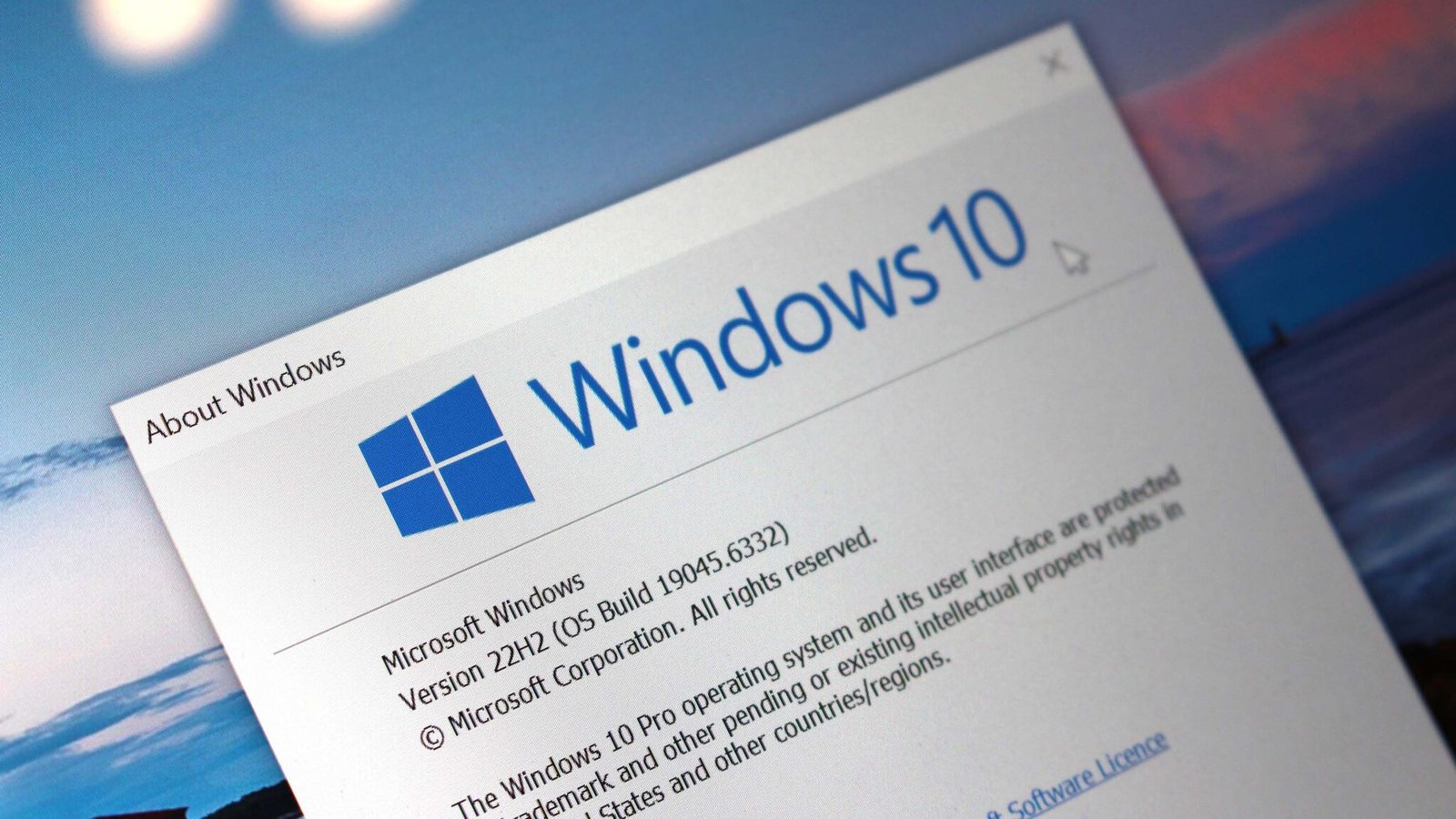Microsoft has officially ended support for Windows 10, marking the end of a decade-long run for one of its most successful operating systems.
The OS, first released on July 29, 2015, reached its end-of-support date on October 14, 2025.
From today, most versions – including Home, Pro, Enterprise, and Education, will no longer receive monthly security updates.
Windows 10 was a hit among both consumers and enterprises, and its popularity endured even after the launch of Windows 11 in 2021. But that success has now turned into a challenge.
Microsoft’s strict hardware requirements for Windows 11 mean that hundreds of millions of Windows 10 devices cannot upgrade through normal channels, despite being fully functional.
That leaves a huge number of users exposed. Estimates suggest that roughly one-third of all Windows PCs – about 400 million devices are still running Windows 10.
A report from TeamViewer, which analyzed 250 million remote sessions between June and September 2025, found that 41% of connected devices used Windows 10.
Another analysis by IT firm ControlUp showed that nearly half of enterprise PCs were still running the old OS as of mid-2025.
Why users aren’t moving on
Upgrading isn’t simple. Many users are locked out because their systems don’t meet Windows 11’s hardware requirement – a cutoff that affects most PCs built before 2018.
Others, particularly within large companies, are deliberately delaying migrations to avoid disrupting operations.
Then there are the diehards – users who simply prefer Windows 10’s interface and features and see little reason to switch.
The security cliff ahead
For now, PCs running Windows 10 will continue to function normally, but without critical security patches, they will become more vulnerable over time.
Microsoft will sell extended security updates for up to three years, but that option is mainly for enterprises. Most consumers and small businesses will be unprotected by October 2026.
Experts warn that the situation could mirror the fallout from Windows 7’s end of life in 2020, when millions of outdated PCs became easy targets for cyberattacks like WannaCry.
Brad LaPorte, a former Gartner analyst now with cybersecurity firm Morphisec, calls the deadline a “security cliff.” “Every month after October 2025, unpatched devices will become softer targets for ransomware and zero-day exploits,” he said.
Luis Corrons, a security evangelist at Avast, adds that old Windows bugs “become long-lived entry points” once updates stop. The end-of-support period, he warns, will also create opportunities for scammers pushing fake Microsoft upgrades or phishing campaigns.
What happens next
Microsoft has not announced any major concessions for users stuck on old hardware. The company and its OEM partners are instead encouraging upgrades to Windows 11 – or, more bluntly, to buy new PCs.
That may be a tough sell, especially for users in emerging markets and older customers who rely on older systems. Many will likely keep their PCs running until it breakdown.
The real test will come over the next year, when security updates ends, and with it, the risk of cyber attacks becomes more plausible.

























